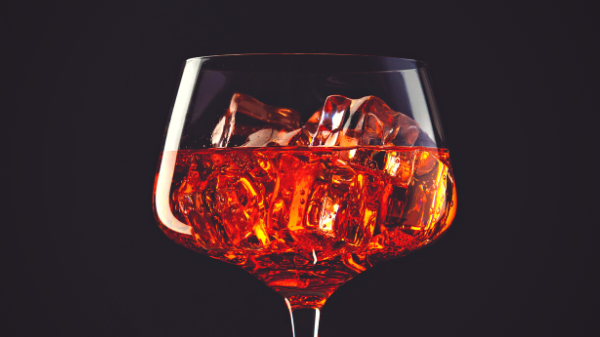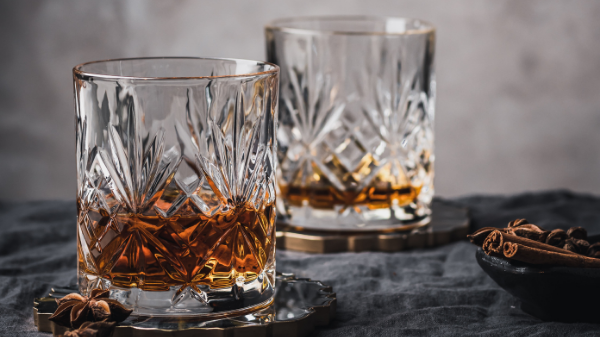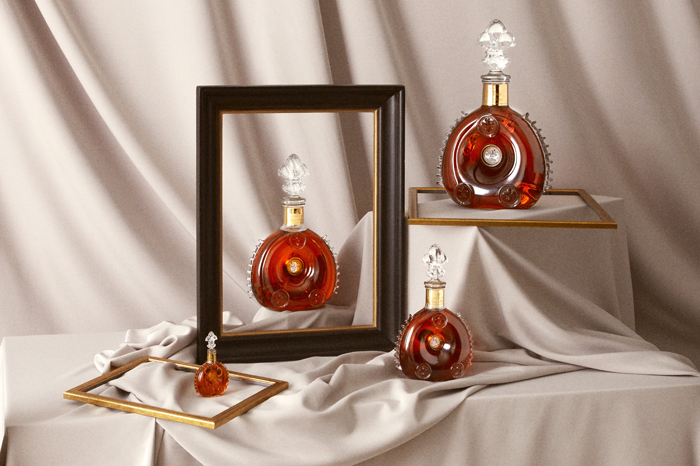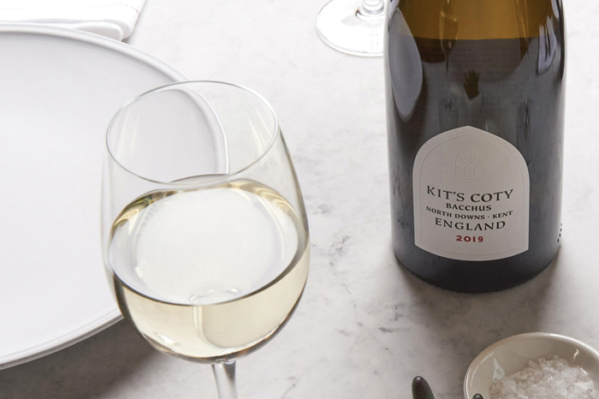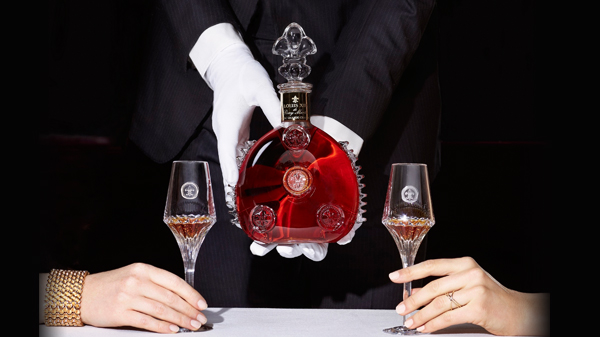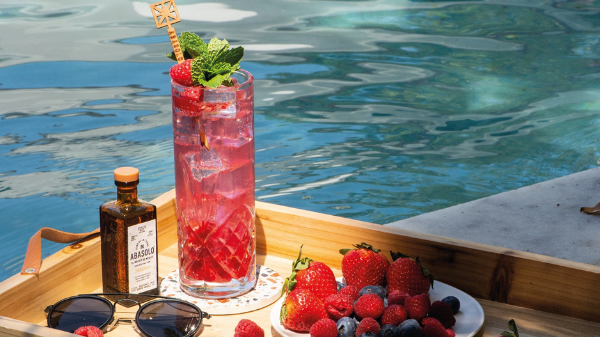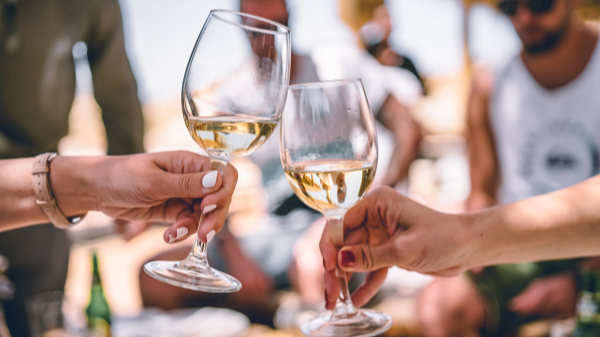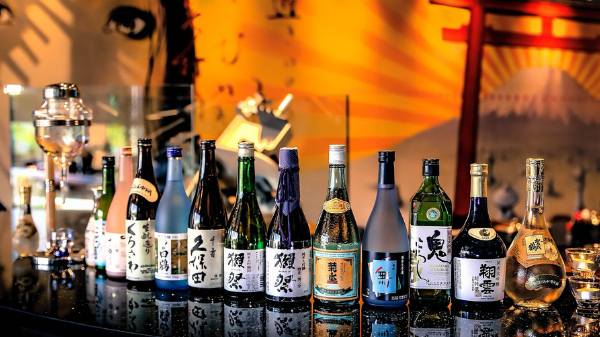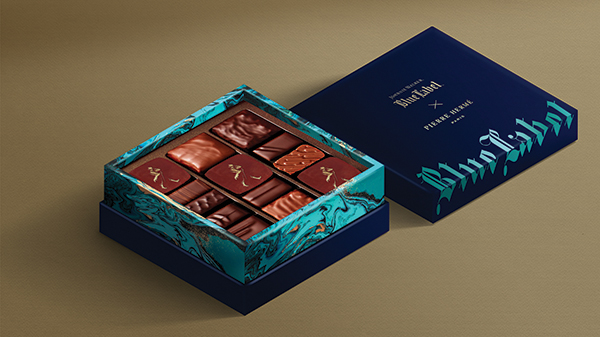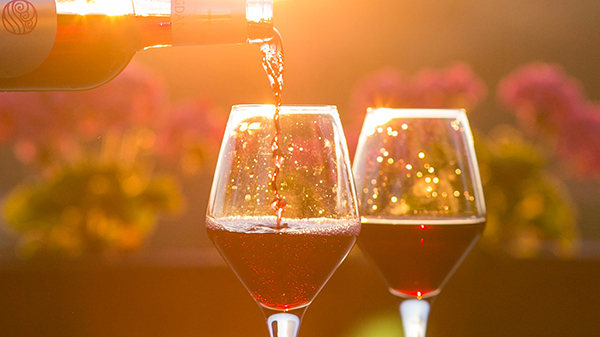Put that dram down, we’ve got something better.
Once the preserve of gentlemen’s clubs (cigar in one hand, snifter in the other) and Chinese banquets, Cognac has been coined “the liquor of the gods” and the epitome of French luxury, though it has long been more adored by other nations. The great Cognac houses date back to the 18th century, but until about a decade ago the pour did not get much popular press, cultural buzz or airing in bars.
Fast forward to 2022 – Cognac is newly chic, and a key ingredient in creative cocktails. Here’s all you need to know about one of the most loved, complex and dynamic spirits out there today.
What is a Cognac?
Cognac is a type of a brandy, which in turn is a distilled spirit produced from fermented fruit, most commonly grapes. To be categorised as Cognac, and thus elite, the spirit must be produced within the limits of the Cognac region in southwest France. The Ugni Blanc grape has to lead the blend, and it must be twice distilled in a Charentais copper pot still and then aged for at least two years in French oak.
The chosen tipple of emperors, kings and aristocrats, from Napoleon to Louis XVII, this French craft product was, in fact, invented by the Dutch to make wine easier to transport by sea. Double-distilled ‘brandewijn’, or burnt wine, took up less space in oak barrels, and this chance maturation process and infusion of vanilla and toffee flavours from the oak metamorphosed the resulting liquor into something nutty, earthy and truly elegant.
Also Read: Introducing from Mexico: Corn Whisky
History

The Dutch pioneered, and the English followed. Thomas Hine, a 16-year-old linen trader from Devon, crossed the Channel right to the horse’s mouth, falling in love with a local girl and taking over her family’s Cognac business. Over the years, Hine discovered that if Cognac is matured in the infamous English weather instead of the strong French sun, it developed incredible full-bodied notes within the cask. Thus began the practice of sending portions of Hine Cognac from the cellars of Jarnac to England – possibly for more than 20 years – before being packed back to France for bottling. Such attention to detail rarely goes unnoticed; the ‘early landed’ Hine spirit is the official Cognac of the British Royal family.

What makes for a fine cognac?
Patrons obsess over Cognac not only for its parallels to barrel-aged whisky, but also because of its extremely limited production – less than one percent of the world’s spirits by volume – and the unique identity of its provenance. Truly a labour of love, this silky smooth digestif requires patience to produce and appreciate – a painstaking craft which can be imitated, but not replicated anywhere else on the planet. Surely, taste is deeply personal but what makes for an award-winning premium cognac?
We turned to experts in one of the world’s largest luxury travel retail DFS Group, for answers. “A premium cognac needs to strike the perfect balance between floral and fruity aromas and light oaky notes, [and] harmoniously combine the sophistication with refinement and cater to all the senses – from sight and touch to smell and taste,” opines Christophe Marque, President Merchandising, DFS Group.
We sipped a (large) number of sophisticated options to list just two. Whilst inflicting a flesh wound to the proverbial wallet, they epitomise elegance and demand to be savoured royally.
Also Read: Rum-surgence – From sailors’ grog to premium spirit
Top Picks: Richard Hennessy
 Photo courtesy of Hennessy
Photo courtesy of Hennessy
The top-tier Richard Hennessy is always a standout with its hefty price tag, stately decanter, incredible design, and world-class legacy. One of the rarest Cognac in its collection – is blended from some of the scarcest eaux-de-vie in Hennessy’s reserves, sourced from the Founder’s Cellar on the family estate. Complexity, structure and vision are presented in each sip of this velvety, sensational crackling spirit. The taste is other-worldly, courtesy of the ageing in the historic French oak barrels, coupled with the experience of pouring straight from an elegant Baccarat crystal decanter; each sip is an immersion in the intertwining of history and future – sounds a lot like secret society but it’s one of those luxurious ‘last wish’ spirits…
Camus Symphony – Vivaldi

This gourmet and expressive rollercoaster of an offering from one of the biggest independent, family-owned Cognac company, CAMUS, is moreish on a chilly night. The 48-year-old vintage is uniform in character, and like a harmonious orchestra, each flavour plays its notes in tandem. Fresh, spicy with notes of pear and apricot, Christophe Marque recommends some fine music to go with the “versatile spirit”. He says, “Camus Symphony is best enjoyed with music for an added stimulation to the senses, each cognac has been created to reflect the personalities and masterpieces of Vivaldi, Mozart and Verdi, with each bottle engraved at Les Ateliers Camus with a music score of each composer.”
Fresh, spicy with notes of pear and apricot – this unexpectedly soft and silken tipple makes you almost feel guilty for liking it so much.
Top Picks: Hennessy Paradis

Nurtured to maturity by the passion of successive generations of the same family, Paradis blends 100 eaux de vie aged for up to 130 years. This fine seducer in amber gold hues finishes with an elegant and deep note of spices, flowers and truffles. An inferno in the mouth, team it with a pear tobacco and the craft tipple
(Text: Nikita Mishra)



